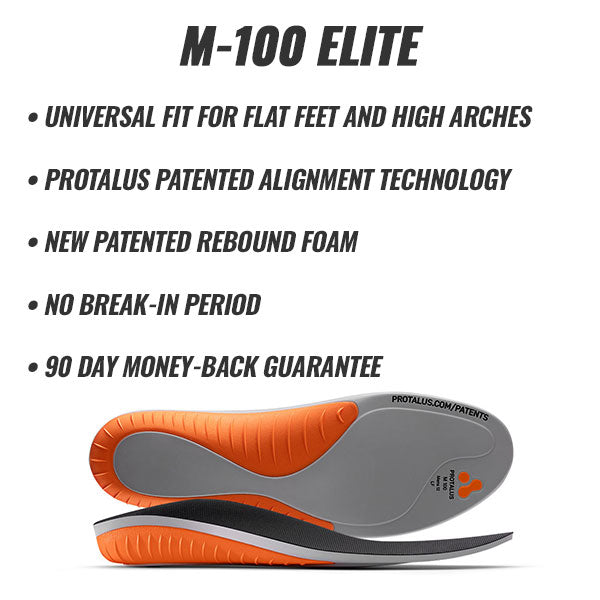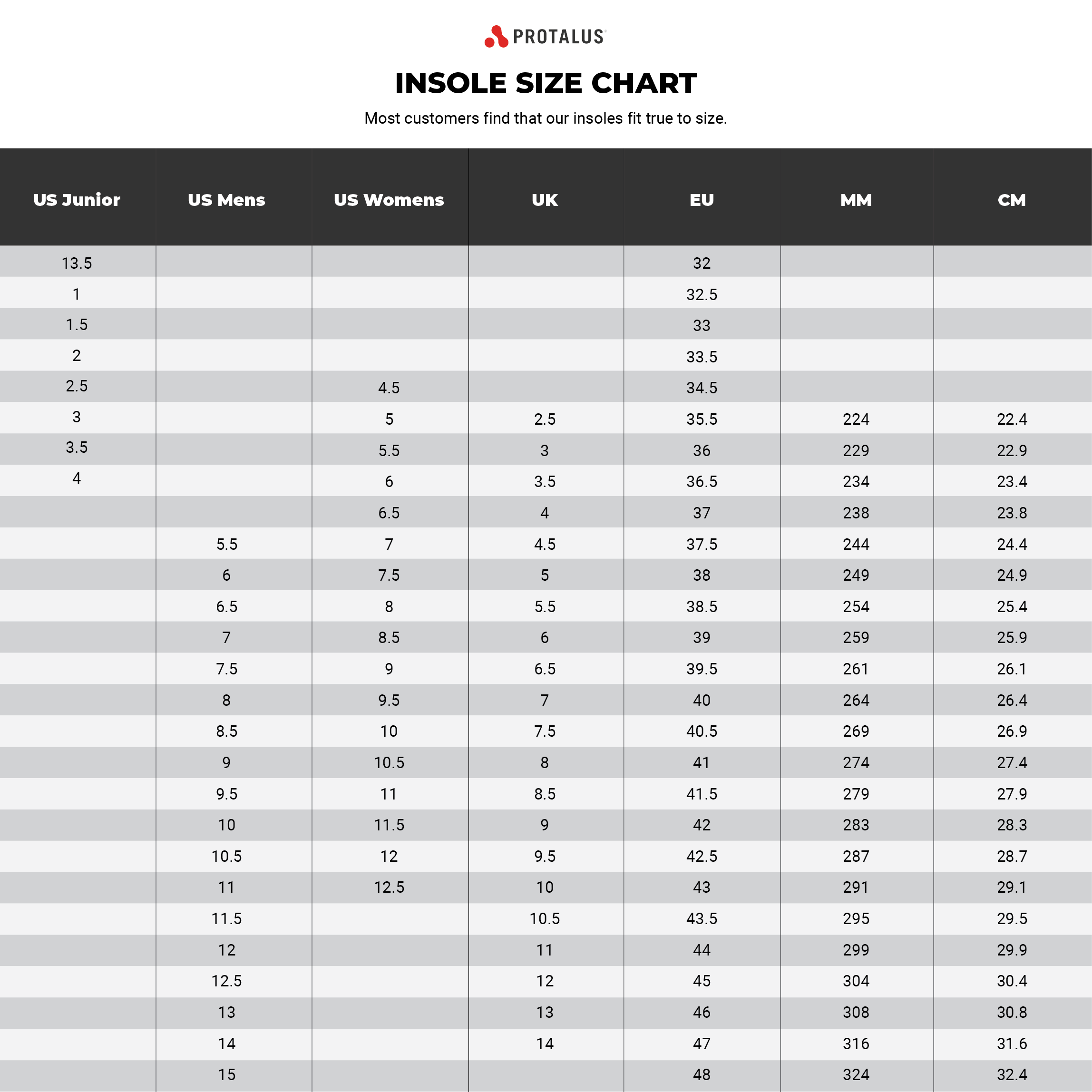Insoles for High Heels
A high heeled shoe is a classic style that, in some areas, is still seen as the standard for professional dress. While the width of the heel may change with trends, the height never seems to go down. And while we've all seen the television trope of the woman with her shoes off under her desk, rubbing her feet, the seemingly inevitable discomfort that comes with wearing heels doesn't seem to slow people down. But heels can do more damage than just a few hours of sore feet. Read more to find out why the style might not be worth the pain.
Why might high heels cause pain?
According to the International Journal of Scientific Study 1, heels can cause pain due to a number of factors including a change in the way the ankle is positioned when walking, a increase in the lordotic curve of the spine, and a change in pressure distribution in the foot. With such an incline under the heel, there is little to be done to mitigate the change in mechanical alignment of the body, but some factors, such as pressure distribution in the foot, might be able to be addressed by a device such as a shoe insole.


Do insoles help with heels?
While this hasn't been widely studied, there are some smaller studies that show that discomfort relief can be achieved 2 through the use of high heel shoe inserts. When the heel is raised, the forefoot bears more pressure than when it is in a neutral position. A shoe insert for high heels can distribute that pressure back to other parts of the foot, taking some of the load away from the forefoot and increasing comfort.
For High Heels We Recommend:
The H-Series gently provides structure for pressure reduction and comfort in a thin, flexible design that fits well in a low-volume of shoes. The H-Series provides the structure and comfort you need to wear heels all day long.

What are the best insoles for heels?
As we mentioned above, the relief that comes with inserts for high heels is all about pressure distribution. This means that simply putting some pads or foam under the forefoot might bring some added comfort at first but is unlikely to make a big difference when wearing your shoes all day. A high heel shoe insole will likely be most effective if it is a full-length insole that can provide arch support and distribute pressure away from the forefoot.

How can you get used to wearing high heels?
Unfortunately, wearing high heels more often is unlikely to make the experience more pleasant. In fact, there are other conditions associated with frequent high heel wear 3 such as hammer toes, corns, and bunions. Really, your best option for comfort when wearing high heels is to find a good high heel insole, or shoes with built-in pressure distribution technology. It also helps to wear high heels only occasionally, or to have an alternate pair of shoes to commute in if high heels are an expectation in the office.
1. High Heels Footwear Causes Heel Pain and Back Pain: Myth ... (n.d.). Retrieved January 19, 2021, from http://www.ijss-sn.com/uploads/2/0/1/5/20153321/ijss_nov_oa23.pdf
2. Yung-Hui, L., & Wei-Hsien, H. (2005, March 05). Effects of shoe inserts and heel height on foot pressure, impact force, and perceived comfort during walking. Retrieved January 20, 2021, from https://www.sciencedirect.com/science/article/abs/pii/S0003687005000050
3. Mallet toes, hammer toes, claw toes, and corns. (n.d.). Retrieved January 20, 2021, from https://www.tandfonline.com/doi/abs/10.1080/00325481.1984.11698001?journalCode=ipgm20

Our Guarantee
We back our product with a 90-day money back guarantee, hassle-free shipping, and best-in-class customer service.
Alignment - Patented Heel Cup
Satisfaction guaranteed, or your money back!
We are so confident that you will love your insoles that we offer a full 90 day Love Them Or Your Money Back Guarantee. At any time during the first 90 days if you don’t love your new insoles, contact our Customer Service team for answers and solutions. If we cannot offer you a solution, we will accept the insoles back for a *full refund. Contact us directly for a prepaid return shipping label.
*While Return/Exchange shipping is always free any original shipping charges will not be refunded unless the return is a result of our error.
Try a pair Risk Free with our Money‑Back Guarantee
Free Exchanges
Does the size not fit you? No problem - we will happily exchange them. For up to 90 days after your initial purchase we exchange our product for a different size.
Free Returns
No matter how much you have used our insoles we will refund your full money at any time within 90 days from your purchase with no restocking fee.
90-day Money-Back Guarantee not applicable to Subscription orders.

Patented Technology Makes It Possible
The difference lies in our patented TRI-Planar technology. Other insole companies place a stump under the arch and call it support. Our insoles focus on the cause of the problem rather than the symptoms, designed to help your body maintain a neutral ankle joint position, while still allowing full ranges of healthy movement. Proper joint alignment improves movement efficiency, reduces fatigue, and prevents injury to help you do what you love.
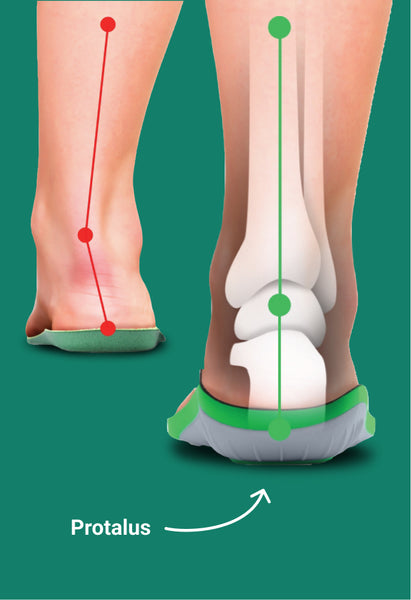
Reduced Risk of Injury
The bones of the ankle and heel are most stable when they are positioned in alignment. If they shift away from a center alignment, they become less stable.
Imagine pressure being placed on those unstable structures over and over again while you walk, run, or work. That is where the injuries can take place.
Injuries can present as chronic pain in the foot, knees, hips, and back. They may also include acute injuries such as an ankle sprain.
Keeping your hindfoot in alignment allows not only your bones but also the surrounding muscles, tendons, and ligaments to properly handle the pressure placed on them from your feet through your back.
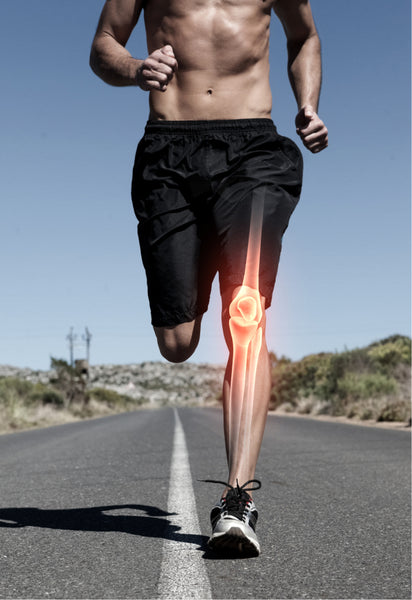
Better Balance
Your ankles and feet work together to manage how weight is distributed as you move
If your heels and ankles are not in their proper positions, they cannot properly distribute weight and this may lead to a less stable walking motion.
When your ankles and heels are out of alignment, your muscles, ligaments, and tendons often have to step in to ensure proper alignment and balance.
When these muscles become fatigued, they may not be able to handle the task properly and you become more likely to fall or become injured.
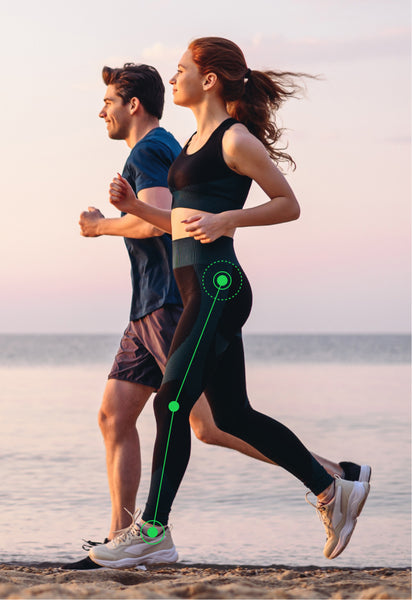
Increased Energy Efficiency
As you walk and move, your kinetic energy moves from your feet up through your body.
This energy can be seen when walking in sand. Sand kicks up behind you with each step. It is moved by the energy created when you move your foot.
Fatigued muscles don't pass as much of that energy onto the next structure. That is why walking in sand is tiring; energy is being lost and your muscles become fatigued.
An aligned kinetic chain allows the highest quantity of energy to be transferred up through your body, giving you more power and helping you feel less tired.
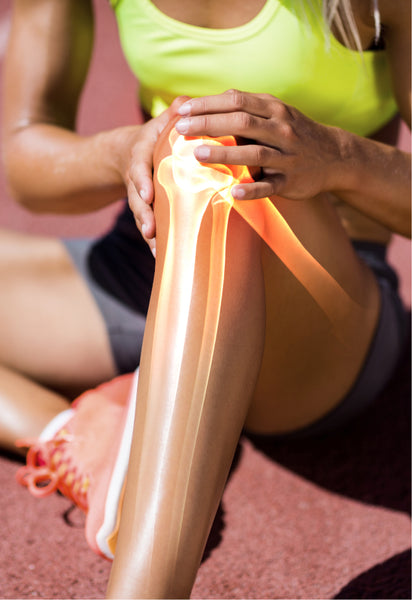
Better Pressure Distribution
The body is designed to distribute pressure so that your muscles can primarily be concerned with movement.
When the skeletal system becomes misaligned, especially at the joint between the heel and ankle, pressure is no longer distributed across the structures that are most able to deal with it.
Instead, other structures, such as the ligaments in the knees, hips, and ankles, must take on the job and that can lead them to become fatigued, sore, or injured.
Protalus insoles correct the misalignment so you can avoid fatique and injury.
Comfort - Premium Materials
Secure shopping with every transaction!
Protalus.com is powered by Shopify which is certified Level 1 PCI DSS compliant.
What is PCI DSS?
The Payment Card Industry Data Security Standard (PCI DSS) is a security standard for organizations that handle credit and debit card information. The standard was created to increase controls around payment data to reduce fraud. If you want to sell online and accept payments from Visa, Mastercard, American Express, or Discover, your software and hosting needs to be PCI compliant.
Is Protalus.com covered by Shopify's security measures?
Yes, as a Shopify store, Protalus.com's transactions all run through the Shopify secure checkout system.
How can I learn more?
Check out Shopify's security page for more details at: https://www.shopify.com/security/pci-compliant
Support - Signature Protalus ® Footbed
1 Year Product Guarantee
Effective for purchases made after 7/1/2023: If your insoles fail due to imperfections in the materials that go into the insoles or failure of those materials to perform due to compression or lack of fidelity to the original shape prior to 1 year from your purchase date, Protalus will replace the insoles for free. In the event that your insoles are no longer available due to a discontinuance of that model, Protalus will replace the insoles with a similar pair of equal value. Please note that all claims require proof of purchase and the original insoles to be shipped back to Protalus in Tualatin, Oregon and all claims must be approved by the Protalus customer service team prior to honoring this guarantee. customerservice@protalus.com. Limit one replacement per original purchase.
“I love them. Before discovering these Protalus inserts I’d experience severe knee pain. With wearing Protalus inserts in every pair of shoes I own I no longer have any knee pain. I don’t wear shoes without them.” -Donald E.L.



